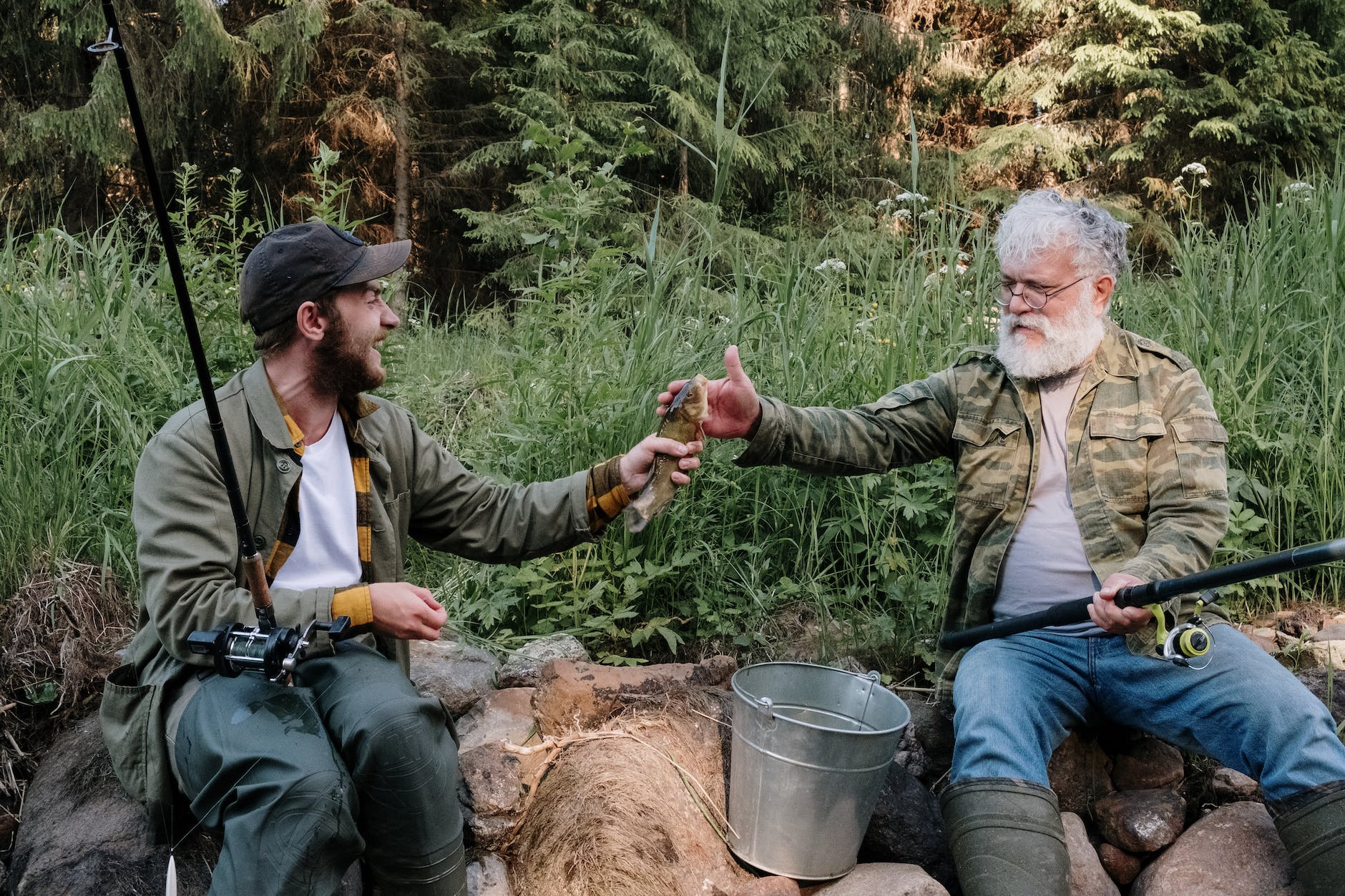
Hunting
Hunting is not merely a recreational activity; for many enthusiasts, it’s a way of life, a connection to nature, and an opportunity to test one’s skills in the great outdoors. To enhance the hunting experience and improve shooting accuracy, many seasoned hunters have turned to reloading their ammunition. Reloading allows hunters to craft custom-made bullets tailored to their specific needs, resulting in better performance, accuracy, and consistency.
Understanding Reloading:
Reloading refers to the process of assembling ammunition by hand using individual components, such as brass casings, bullets, primers, and gunpowder. For hunting purposes, handloading allows hunters to fine-tune their ammunition to match the unique characteristics of their firearms, achieving optimal performance for their specific hunting scenarios.
Reloading offers several advantages over factory-produced ammunition. It allows hunters to control the quality of each component, which can result in more consistent velocities and tighter groupings. Additionally, handloading is often more cost-effective in the long run, especially for those who engage in extensive target practice or participate in various hunting seasons.
Components of Reloading:
- Brass Casings: Brass casings are the containers that hold the gunpowder, primer, and bullet. They are reusable, and careful inspection and preparation are necessary to ensure safe and reliable reloading. Natchez Reloading Supplies offers a wide range of brass casings suitable for various calibers and firearms.
- Bullets: Selecting the right bullets is crucial for successful hunting. Different bullet types, weights, and designs are available, each offering unique characteristics for specific hunting applications. For instance, soft-point bullets are ideal for hunting big game, while hollow-point bullets are designed for maximum expansion upon impact.
- Primers: Primers are the ignition source that ignites the gunpowder, propelling the bullet out of the casing and down the barrel. Proper primer selection is essential for achieving consistent and reliable ignition, a factor that can significantly impact accuracy and performance.
- Gunpowder: Choosing the appropriate gunpowder is a critical aspect of reloading. The type and amount of gunpowder directly influence the velocity and pressure generated upon firing. Reloading manuals can help hunters identify the best gunpowder options for their specific firearms and intended applications.
Safe Reloading Practices:
Reloading ammunition involves working with potentially dangerous components, and safety should always be the top priority. Here are some essential safety tips for hunters venturing into the world of reloading:
- Follow Reloading Manuals: Always refer to trusted reloading manuals for load data and guidelines. Do not exceed recommended powder charges or attempt to modify cartridges beyond established specifications.
- Inspect Brass Casings: Before reloading, carefully inspect each brass casing for signs of damage or defects. Cracks, splits, or weakened casings should never be reloaded.
- Consistent Measurements: Use precise measuring tools to ensure consistency in powder charges and overall cartridge length. Consistency is key to achieving accurate and safe ammunition.
- Work in a Clean and Organized Space: Keep your reloading area clean and organized to avoid mixing components, which could lead to dangerous combinations.
Conclusion:
Reloading ammunition is a rewarding endeavor that allows hunters to optimize their shooting performance and tailor their ammunition to specific hunting situations.
However, it’s essential to approach reloading with a focus on safety, adhering to established guidelines and best practices. By combining quality components with safe and responsible reloading techniques, hunters can enhance their shooting accuracy and overall hunting experience, making each trip to the field more enjoyable and successful.






